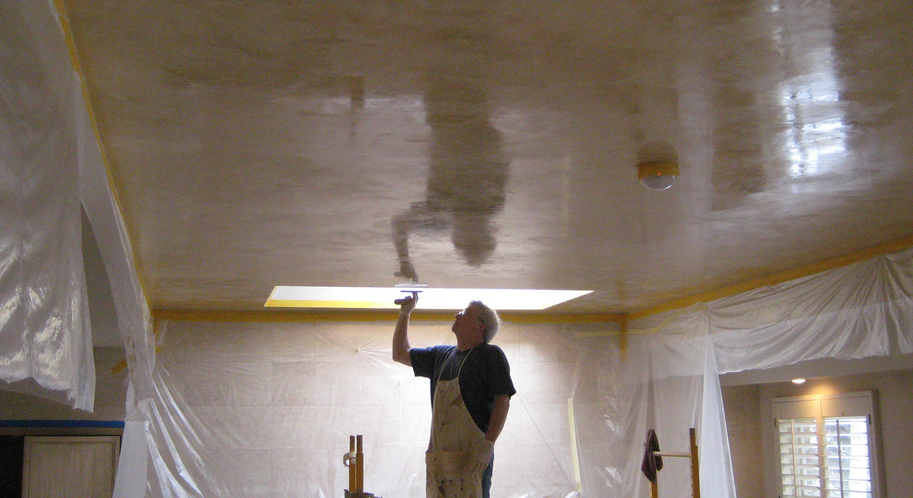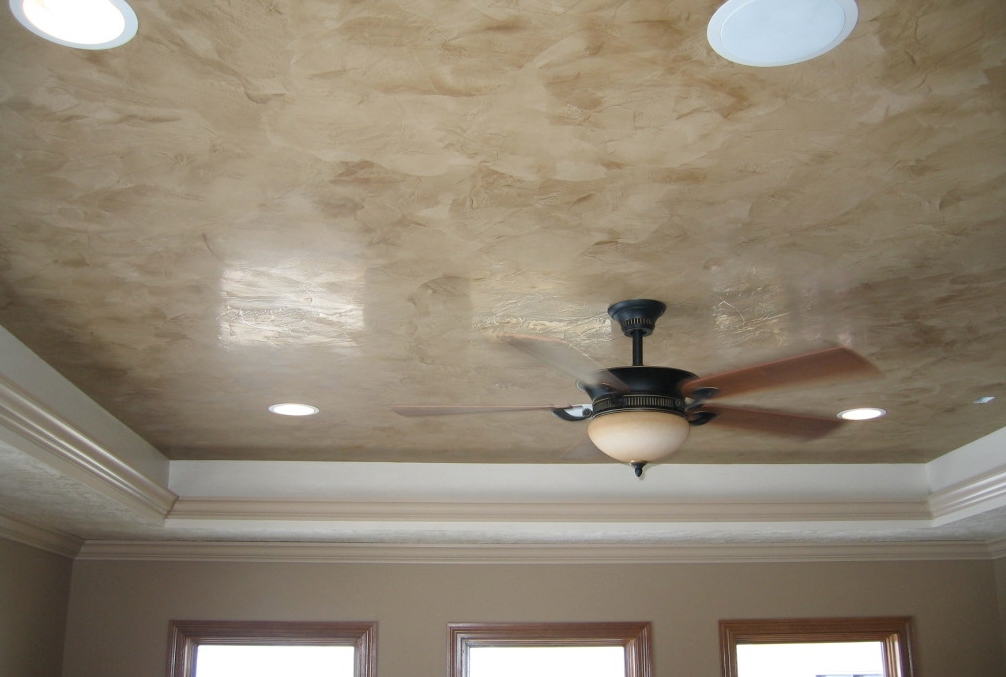If you have ever had the pleasure of taking in some of the magnificent sights of Venice, you will know that it is a city packed full of wondrous design and old world beauty.
Once you’re there, all it takes is a gondola ride down one of the city’s famous canals to experience the striking architecture that can be found on virtually every corner.
Because of this, it’s no surprise that even the special plaster which comes from this northern Italian city has the same awe inspiring passion, beauty, elegance and depth as the city itself.
So, what is venetian plaster? The answer lies in what it’s made of, how it’s applied and the finished effect.
Traditional Venetian Plaster, otherwise known as marble plaster, Italian plaster or polished plaster is made of lime putty and marble dust and gives a highly polished finish to walls and ceilings, which can look like stunning marble itself. As a result it’s very often used successfully for decorative effect.
While it can be enhanced with acrylic resins, when it’s applied correctly, the plaster on its own can give a rock hard, deeply textured and smooth marble-like finish which displays a glossy, high sheen.
Venetian Plaster has been used for centuries and although it was originally used for building purposes its main use is now to compliment the interior design of a building, whether it’s old world traditional, contemporary design or even used in listed buildings for restoration.
It’s popular, not only for the striking and luxurious effect that it gives, but also because lime based venetian plaster is made with less harmful chemicals, which makes it hypoallergenic, as well as mould and algae resistant, not to mention the fact that venetian plaster can also regulate humidity.

How to make Venetian Plaster & How to do Venetian Plastering
Venetian Plaster is usually applied over a primer and basecoat, as with regular plaster, but a change that has occurred in the application of it over time is the amount of coats needed. In the past the Romans used up to ten coats of plaster, whereas now, as technology has moved on, it only needs 1-4 coats thinly applied with a trowel to get the finish you need.
The glossy effect of the plaster gives a touch of prestige and elegance where it is used, because its crystalline beauty can look absolutely stunning. When applying the final layer of Venetian Plaster, there’s a special technique which is used to burnish the surface with a special steel trowel to give a glass like sheen that creates the impression of magnificent depth and texture.
Tools for venetian plastering include the use of a round edged plastering trowel. With this special kind of plastering tool, the technique that is used on the final coat of plaster is like a wet polishing that focuses heat and pressure to give deeply textured colours and a high shine.
It can be a pretty useful technique to use on surfaces where large slabs of marble cannot be easily installed, or in buildings with a tighter budget which means using real marble is simply too expensive.
Venetian Plaster has often be referred to as being a fake version of marble, but the fact is that the plaster in itself is made up of natural materials which, when combined, offer this striking effect. It can come in a variety of levels of sheen, textures and colours but it can also be tinted or coloured to achieve an affect that can’t be created naturally. When applied correctly, the finished effect is just as striking and aesthetically pleasing as marble itself and the finish will enrich the colour of the plaster giving warmth to the walls.
Order your Tools Online Today
If you would like to find out more about the tools for venetian plastering that we have in stock or simply venetian plastering cost, take a browse through the wide range of products we have available and order your tools online today, or, to find out more about the products used, give us a call or message us online.
Our friendly and experienced staff are always available to help and advise.

